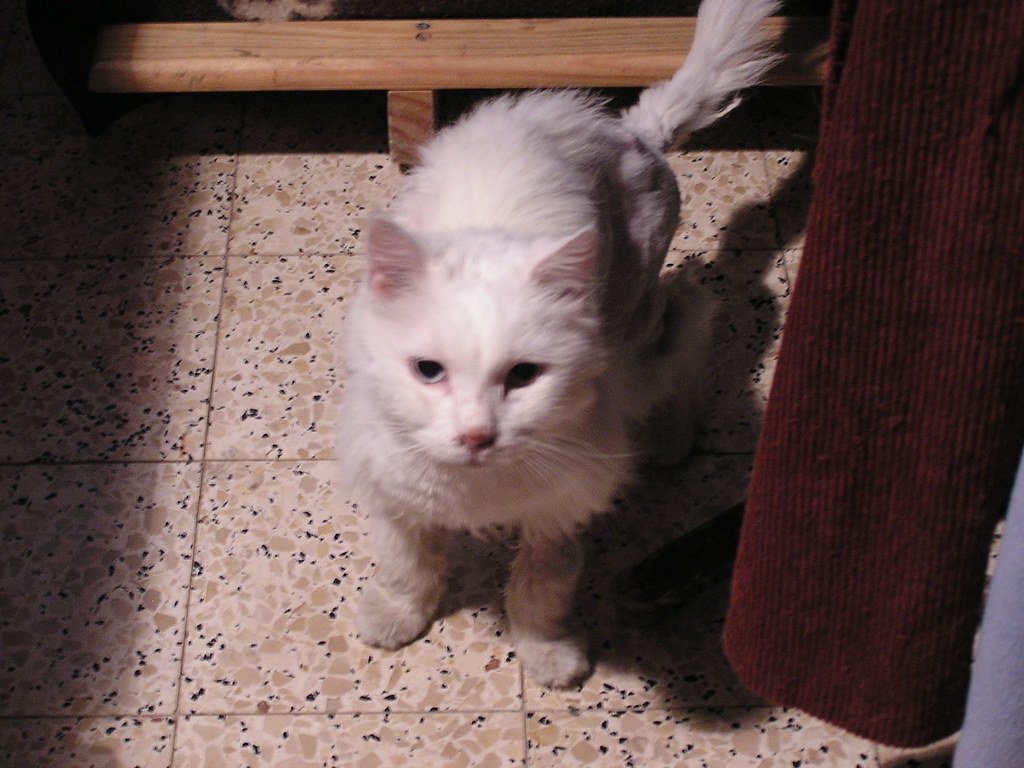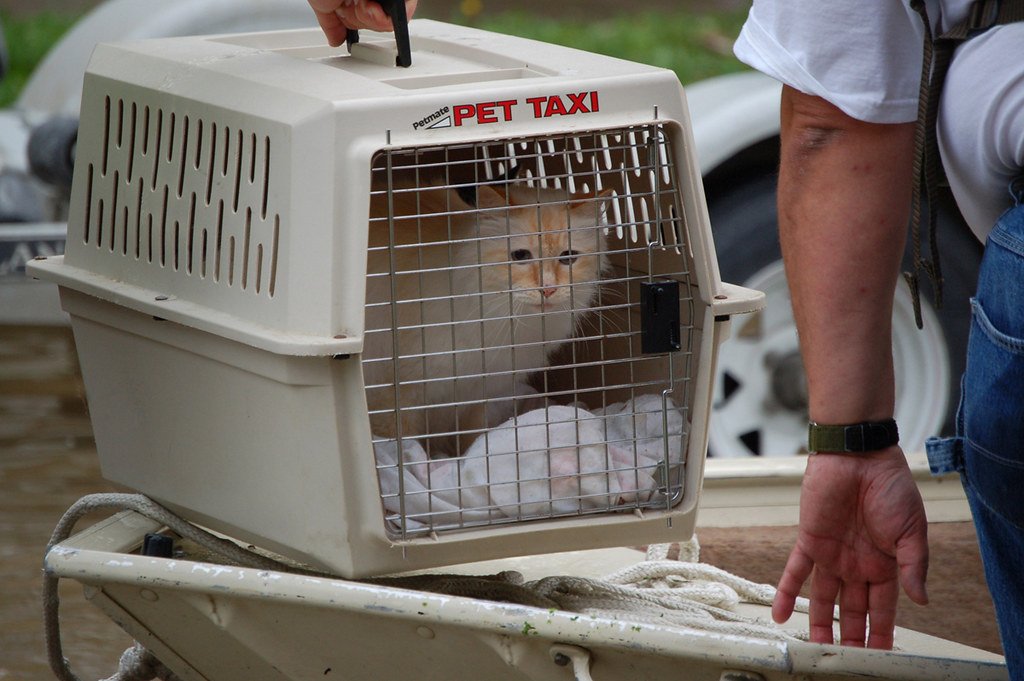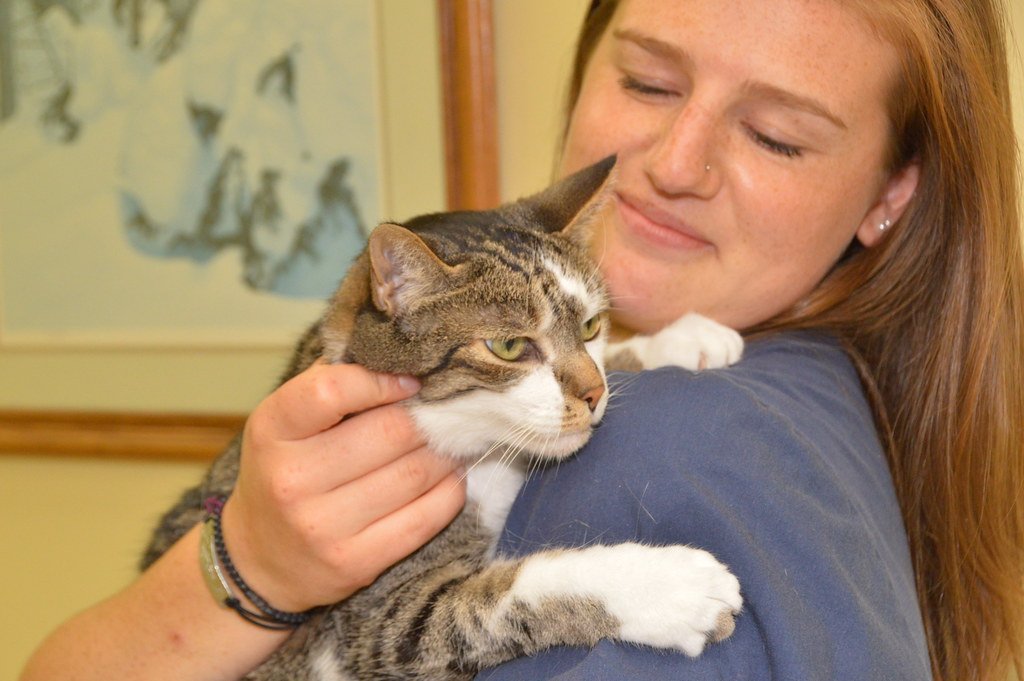Before bringing a rescue cat home, it’s essential to prepare your space to make it safe and welcoming. Clear away any hazardous items like small objects that could be swallowed, electrical cords that might be chewed, and toxic plants that could cause harm. Set up a designated area for your cat, equipped with a cozy bed, food and water dishes, and a litter box. This environment will help the cat feel secure and adjust more openly.
Gathering Essential Supplies

To ensure a smooth transition for your rescue cat into its new home, it is vital to gather essential supplies beforehand. These include high-quality cat food appropriate for the cat’s age and health needs, litter and a litter box, scratching posts, toys for enrichment, and grooming tools. Offering these resources will help alleviate stress and encourage healthy behaviors in the new environment.
Understanding Rescue Cat Behavior

Rescue cats may exhibit a range of behaviors influenced by their past experiences. Some cats may be shy or fearful, while others can be outgoing and curious. Patience is key, as it may take time for the cat to display its true personality. Observing and understanding their body language can provide important clues into their feelings and needs, helping you create a supportive environment tailored to their specific behavior.
Establishing a Safe Space

Creating a safe space is crucial for your rescue cat’s comfort and security. Choose a quiet room with minimal foot traffic where the cat can retreat. Equip this area with all necessary supplies, including the bed, litter box, and toys. Allow the cat to explore this space at its own pace, which will help build confidence and trust over time.
The Introduction Process

When it’s time to introduce the cat to its new home, proceed slowly and calmly. Allow the cat to remain in its carrier for a few minutes upon arrival and let it exit at its own pace. Keep the environment quiet and minimally stimulating during this period. Gradually introduce other parts of the home once the cat appears comfortable in its safe space.
Building Bond and Trust

Creating a bond with a rescue cat is a gradual process that requires patience and consistency. Spend time sitting quietly in the cat’s space, allowing it to approach you on its terms. Soft-spoken words and gentle movements can reassure the cat of your presence. Rewarding positive interactions with treats will reinforce trust and strengthen your relationship.
Feeding Routine and Nutrition

A consistent feeding routine is essential in establishing stability in your rescue cat’s new environment. Offer meals at the same time each day and monitor the cat’s eating habits to ensure they are healthy. Consult with a veterinarian to select the best diet, taking into account any specific health requirements the cat may have.
Introducing Other Pets

If you already have pets, introducing them to your new rescue cat should be done gradually. Begin with scent swapping by exchanging bedding between the animals. Allow visual contact from a distance before any direct interaction. Always supervise these introductions and provide a way for the cat to retreat if it feels threatened.
Monitoring Health and Wellness

Upon adopting a rescue cat, schedule a veterinary appointment to establish a health baseline. Address any existing medical conditions and discuss vaccination, spaying or neutering, and preventative care. Regular health check-ups will ensure the long-term wellness of your cat.
Adjusting to Your Routine

Consistency is vital in helping your rescue cat adapt to your daily routine. Feed, play, and interact with your cat at regular intervals to establish a predictable environment. Gradually introduce variations to this routine as the cat becomes more comfortable. Patience and adaptability on your part will ease the transition for both you and your rescue feline companion.
By following these steps, you can facilitate a smooth and safe introduction for your rescue cat into its new home. Understanding and addressing the individualized needs of your cat will promote a healthy and joyful relationship, benefiting both pet and owner alike.
Hi, I’m Bola, a passionate writer and creative strategist with a knack for crafting compelling content that educates, inspires, and connects. Over the years, I’ve honed my skills across various writing fields, including content creation, copywriting, online course development, and video scriptwriting.
When I’m not at my desk, you’ll find me exploring new ideas, reading books, or brainstorming creative ways to solve challenges. I believe that words have the power to transform, and I’m here to help you leverage that power for success.
Thanks for stopping by, Keep coming to this website to checkout new articles form me. You’d always love it!






